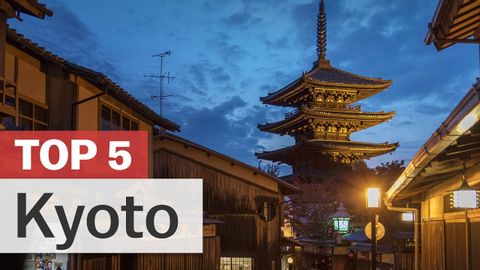京都の楽しみ方トップ5|japan-guide.com (Top 5 Things to do in Kyoto | japan-guide.com)
Summer が 2021 年 01 月 14 日 に投稿  この条件に一致する単語はありません
この条件に一致する単語はありませんUS /ˈmʌltəpəl/
・
UK /ˈmʌltɪpl/
- adj.複数の;多様な;多発性の;多重の
- n. (c.)倍数;多数;倍率
- pron.多数
US /ˈkjuləˌnɛri,ˈkʌlə-/
・
UK /ˈkʌlɪnəri/
US /ɪkˈsplɔr/
・
UK /ɪk'splɔ:(r)/
- v.t.惜しまず与える;罰を与えないでおく;助ける
- adj.予備の
- n.予備 : スペア
エネルギーを使用
すべての単語を解除
発音・解説・フィルター機能を解除

